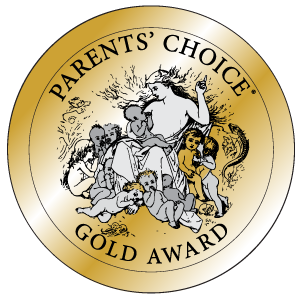Rosh Hashanah is a very important holiday in the Jewish religion. Read on to find out more about this most important time!
What is Rosh Hashanah?
Rosh Hashanah is commonly known as the Jewish New Year. The translation for Rosh Hashanah means the “head of the year” or “first of the year.”
It’s the first of what’s called High Holidays, or High Holy Days, in Judaism. Rosh Hashanah begins a ten-day period of the High Holidays, which ends with the holiest day of the Jewish year — Yom Kippur.
Jews all over the world celebrate Rosh Hashanah as the day God created the world and everything in it. It’s a time for renewal of their faith, and asking for forgiveness for any mistakes that have been made during the previous year. It’s also a celebration of the completion of another year.
This is a tradition that goes all the way back to around 516 BCE (Before Common Era — like BC.)
It wasn’t always called Rosh Hashanah though. That specific term was first mentioned in the written book of Jewish law, called Mishnah. That was compiled in about the year 200.
When is Rosh Hashanah Celebrated?
According to the Jewish calendar, Rosh Hashanah is celebrated at the beginning of their 7th month, called Tishrei. The holiday is observed in September or October.

The months of the Jewish (also called the Hebrew calendar) calendar begin with the new moon. The calendar that they follow for their holidays and holy days is much different from the Gregorian calendar that most of the rest of the world uses.
For religious purposes, they follow a lunisolar calendar (based on phases of the moon and position of the sun). And their calendar doesn’t include a BC or AD, like the Gregorian calendar. Their calendar system is based on the creation of the world.
How is Rosh Hashanah Celebrated?
As the holiday is a time for reflection on the past year, and asking forgiveness, the day is spent in prayer. There is a special prayer service held at the synagogues. Three unique prayers are added to the morning’s prayer service.
These are Malkhuyot — which talks about God being the ruler of heaven and earth. The Zikhronot — which says that God remembers past deeds. And the Shofarot — which is about looking to the future.

Then during the service, and at intervals throughout the day, a shofar is blown.
The shofar is a musical instrument made from the horn of a kosher animal, usually a ram. A kosher animal and kosher foods are things that the Jewish bible says it’s okay for people to eat. The rules for this come mostly from the books of Leviticus and Deuteronomy and are called Kashrut.
The reason for blowing the horn over the course of the day is it’s used as a symbol, said to “wake people up” so that they can be better people.
Another tradition for Rosh Hashanah is going to a river or stream and emptying one’s pockets. It’s been a part of the traditions since about the 1400’s.

People put pieces of bread in their pockets and take them to a source of flowing water. There they empty their pockets and throw the bread into the water. This is to symbolize throwing away their sins from the previous year. The practice is called Tashlich, and it is performed on the afternoon of the first day of Rosh Hashanah.
The celebration wouldn’t be complete without special food to go with it.
What Foods Are Eaten During Rosh Hashanah?
There are several special foods that are eaten during Rosh Hashanah.

One is challah. This is a traditional bread that’s prepared and eaten during the holiday. It’s made in a round shape to symbolize the eternal cycle of life.
It’s sometimes made with raisins, and eaten dipped in honey.

Another is apples, also dipped in honey. The apples are a “new” fruit as they are usually ripe and ready to eat come fall. Dipping them in honey is also symbolic, helping people remember the sweetness of life.

The pomegranate (called rimonim in Hebrew) is also part of the meal. The Torah, or the first 5 books of the Jewish bible, contain 613 commandments, or laws for their religion. According to tradition, the pomegranate contains 613 seeds. It serves as a reminder to be righteous and fruitful.

Honey cake and dates are also part of the traditional food fare for Rosh Hashanah.

Another food that makes an appearance at the “head of the year” is something that would include…well, a head! Sometimes it’s a sheep’s head. Sometimes it’s a whole roasted fish. This is to symbolize getting ahead in the year to come.
Sweet and savory, celebratory and solemn, Rosh Hashanah is very important to the Jewish people and it’s a big part of their beliefs and traditions.
For Rosh Hashanah — “Shanah Tovah Umetukah!” (Translated from Hebrew, it’s a greeting meaning have a good and sweet year!)
Explore delicious foods for Rosh Hashanah from our Israel box at eat2explore!





